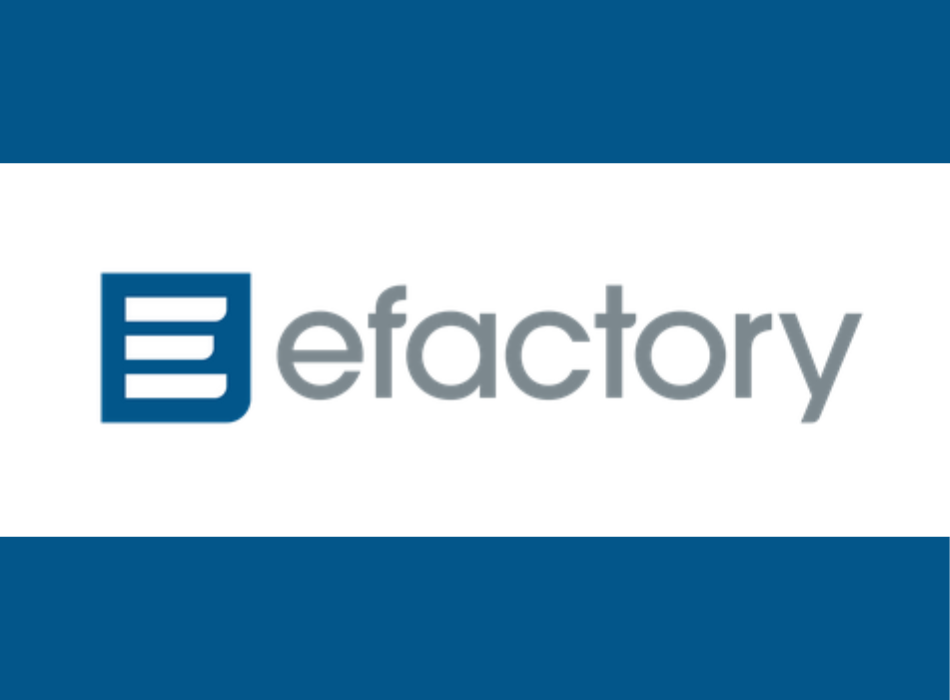As African Americans, we face considerable health challenges that not only affect our well-being but also impose substantial financial burdens. Three primary health issues that impact our health are cardiovascular diseases (HBP), cancer, and diabetes. Understanding these health issues and the associated costs emphasizes the importance of taking control of your health now.
Heart Disease: The Silent Killer
Heart disease is the leading cause of death for Black men and women, with a 30% higher mortality rate than white people with high blood pressure, and those numbers continue to climb. In 2018, racial health disparities cost the U.S. $451 billion. These costs result in excess medical care, lost wages, and premature deaths. healthline.com heart.org
Cancer: A Crisis We Can’t Ignore
Black men are 50% more likely to develop lung cancer, and Black women under 35 are being diagnosed with breast cancer at twice the rate of white women. Black women die from breast cancer at a 42% higher rate than white women. Limited access to care, late diagnoses, and fewer treatment options are the leading causes of these disparities.
Cancer treatment costs can quickly drain savings. Out-of-pocket expenses continue to escalate, and cuts to Medicare and Medicaid may limit treatment options. centrastate.com
Diabetes: A Burden on Our Health and Finances
We are 60% more likely to be diagnosed with diabetes, which can lead to serious complications like kidney disease, amputations, and blindness.
The issue is that many people aren’t getting the preventive care they need, and not knowing where to start is a real challenge.
As medical costs associated with diabetes continue to increase, people diagnosed with diabetes see average medical expenditures of approximately 2.3 times higher than those without the disease. Given the higher prevalence among African Americans, this translates to a significant economic burden on both individuals and the healthcare system. pfizer.com
The Role of Prevention
The good news is these diseases are preventable. While genetics play a role, our lifestyle choices have a significant impact.
Eat foods that nourish your body. Cutting back on processed foods, eating less meat, and eating plant-based meals can lower blood pressure, blood sugar, and cholesterol and help you lose and manage your weight.
Move our bodies daily – Even 30 minutes of walking can reduce heart disease risk by 35%.
Get regular checkups – Early detection saves lives, especially for cancer and diabetes.
Manage stress – Chronic stress is killing us. Prioritizing self-care, rest, and mental wellness is as important as diet and exercise.
How I Can Help
As a certified holistic health coach, I’ve helped hundreds of people reclaim their health by taking small, consistent steps toward long-term wellness. Through Love 4 Life Wellness, I focus on:
Nutrition coaching – Simple, culturally relevant ways to eat healthier
Wellness education – Helping our community take charge of our health
Health & wealth planning – Showing how protecting our health also means securing our financial future
We don’t have to wait for the healthcare system to save us. We can start today. Are you ready to take charge of your health and future? Let’s talk. Schedule a consultation with me today. Please email me at melesha@love4lifewellness.com or visit www.love4lifewellness.com to get started.
Take this to heart: cardiovascular diseases, cancer, and diabetes are significant health challenges that lead to substantial medical costs and economic burdens. Prevention and financial planning are essential in reducing these disparities and improving health and financial outcomes. We have to do this for our future and the future of our families.
By Melisha Bailey | UniteNews Contributing Writer
Instagram: @Love4LifeWellness | melesha@loveforlifewellness.com





